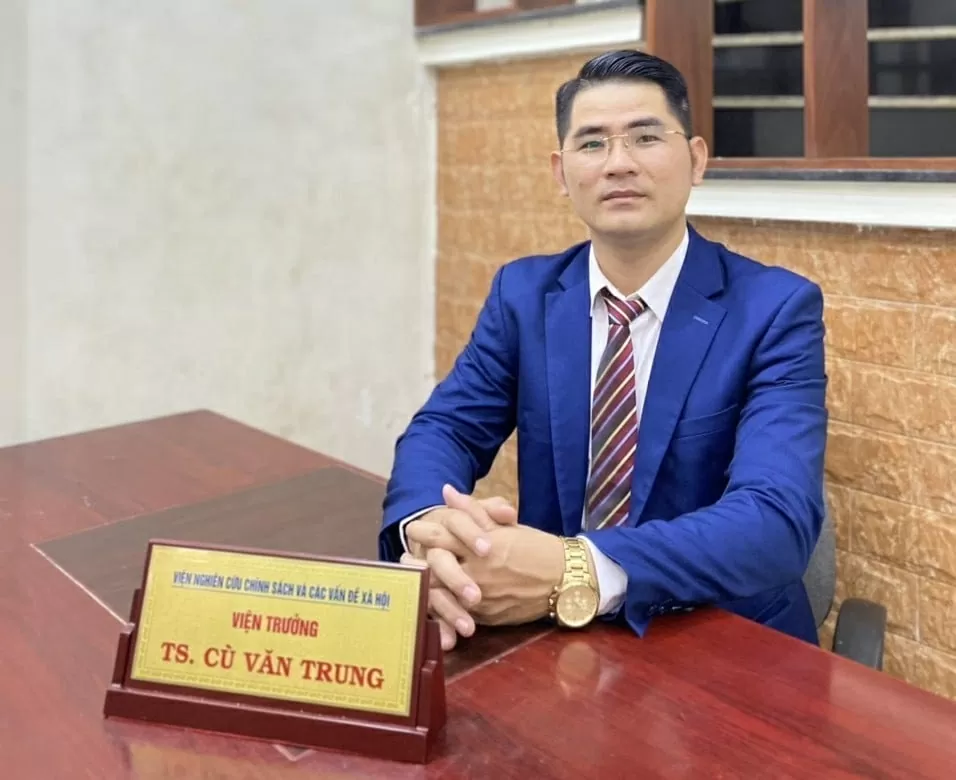 |
| Dr. Cu Van Trung believes that it is necessary to educate students towards the spirit of 'country is homeland'. (Photo: CGCC) |
Merge to bring people to a wider horizon
The merger of administrative boundaries entails many issues that require each sector and each field to have new thinking and ways of doing things in order to promote the potential and internal strength of the Vietnamese people. In particular, the field of education occupies an important position in the political, economic and social innovation and reform that our Party is carrying out.
In the 1920s, Vietnamese people lived in a context where village and communal culture was introverted and closed. Many literary works of that period reflected the reality of many individuals living alone in the bamboo fences of the village. People sought every way to be recognized and acknowledged in a very narrow residential area.
The work “Village Affairs” a reportage by writer Ngo Tat To shows the Vietnamese people’s confusion and difficulty in escaping from such a space in the last century. However, with time and the efforts of the Party, the country has achieved many great achievements, the people’s lives are prosperous, and our position and prestige are increasingly affirmed in the international arena.
In the last decades of the 20th century and the beginning of the 21st century, perhaps many people, with their dynamism, kept pace with the renovation process of the Party and the State to achieve their own successes. They have gone beyond their thinking, perception, and perspective of the times to be able to freely seek new horizons, opportunities, and positions for themselves.
With experience in business, studying and working in different environments, these individuals have expressed their love for the country so that we can know more that the Vietnamese people and country are very dear, a spiritual space of nostalgia before the vast and immense reality.
The world to them is the "common home" of humanity, the village, the locality and the country will never fade away in the minds of those who have proactively integrated, who have taken themselves far away, to vast horizons. Therefore, we are completely confident that with a new mindset, we will awaken in the people a strong endogenous energy source so that each person can confidently enter a new era, an era of national growth.
It can be affirmed that the merger of administrative boundaries helps the country develop more and more, helps people have more courage and mettle to step into wider horizons, and at the same time contains the unmistakable cultural beauty of the Vietnamese people.
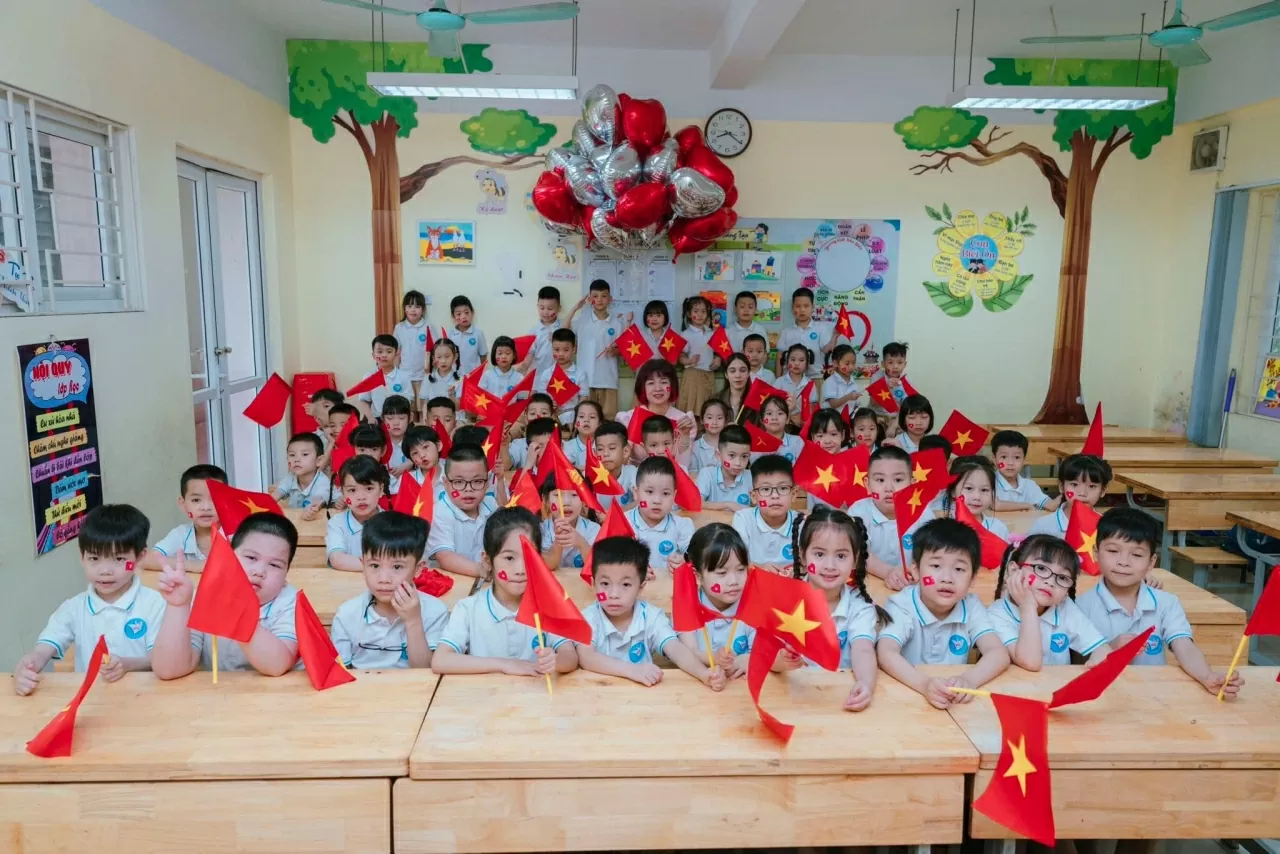 |
| This is the opportunity for the education sector to promote students' ability to explore, dream and have good ambitions for the future. (Photo: Vu Minh Hien) |
To let people overcome their limits
In the field of education, especially in the general education program, we have many essays and poems praising the beauty of the country, of the individual and the community, of the individual and the community. The poem "Country" by Nguyen Khoa Diem is a proof: "Tomorrow when our children grow up, they will take the country far away, to the open horizons, my child, the country is our blood and bones, we must know how to transform into the shape of the country, to create the country forever". With love for the homeland, love for the country and the history of the nation, the education sector, specifically teachers, can completely inspire their beloved students like that.
Here, we do not see any contradiction between the merger of administrative boundaries and people's personal feelings. Feelings for the place where one was born, for the land where one lives and for the country without mechanical encroachment are the names of administrative boundaries as well as the merger of communes, wards, provinces, and localities.
Because, touching on the issue of emotions and affection is touching on the aspect of culture and lifestyle. Starting from feelings, solidarity, love and care, people can forget all the rigid things, the political and administrative aspects and blend together in the shifting cycles of social life and the spiritual life of each person.
To illustrate this story, we have the real character of Teacher Nguyen Ngoc Ky (who writes with his feet) in the work “I study at University”. When he was a high school student, the help of friends and parents was always close by, regular and convenient. But when people move geographically, in terms of study and maturity, the cultural and emotional aspects of people also go hand in hand.
Mr. Ky went to university during a period of fierce war, there were times when he had to travel through provinces at night, across boats, streams, and through forests to reach the evacuation area. If there was no love, no protection, would a disabled person like Mr. Nguyen Ngoc Ky have been able to complete his university program? In the protective arms of friends, teachers, and people, he came to a very profound conclusion that wherever there is love, there is homeland, there is country.
The sentences in his letter to his parents clearly show that: "... Now far from home, far from my homeland, hundreds of kilometers away, in the middle of a dangerous mountain forest, with strange friends, I cannot help but feel anxious and confused, sometimes thinking there is no way out. But fortunately, all those inferiority complexes have gradually been removed when I realized that human kindness is everywhere. Every road across this country, if we proactively attach ourselves and integrate, then at the beginning it will become our homeland."
Poet Che Lan Vien once wrote, “When we live, it is just a place to live, when we leave, the land becomes our soul.” Therefore, geographical distance and place names are completely in harmony with the process of growth and development of nations and individuals and do not hinder students’ perception and thinking.
It can be affirmed that this is the opportunity for the education sector to promote the ability to explore, dream and have good ambitions for students in the future. They will see the country as a whole with localities merged together, interacting, exchanging and freely learning about neighboring provinces, cities, communes, wards, places that may have been far away in the past but are now merged into their locality or vice versa. From free movement in the mind (in terms of ideology), in extracurricular trips to the source, learning about local history (in terms of practice)...
Your soul and knowledge will grow; your understanding, emotions and dreams will go with your future plans and projects... That is the freedom for you to acquire, perceive and mature to take further steps in the future in studying, working and interacting with different ethnic communities around the world.
It can be affirmed that, along with the process of merging administrative boundaries, the mission of the education sector is to always encourage people to overcome their different limits. It is a continuous journey for each student to become perfect, an upgraded version that is increasingly better and more talented, with the motto: Lifelong learning. That helps the development process of the individual, at the same time contributing to the enrichment of the country and the nation.
President Ho Chi Minh once said, "Life is a ladder without a last step, learning is a book without a last page", which is also his encouragement to us about overcoming the limits of each individual in today's era.
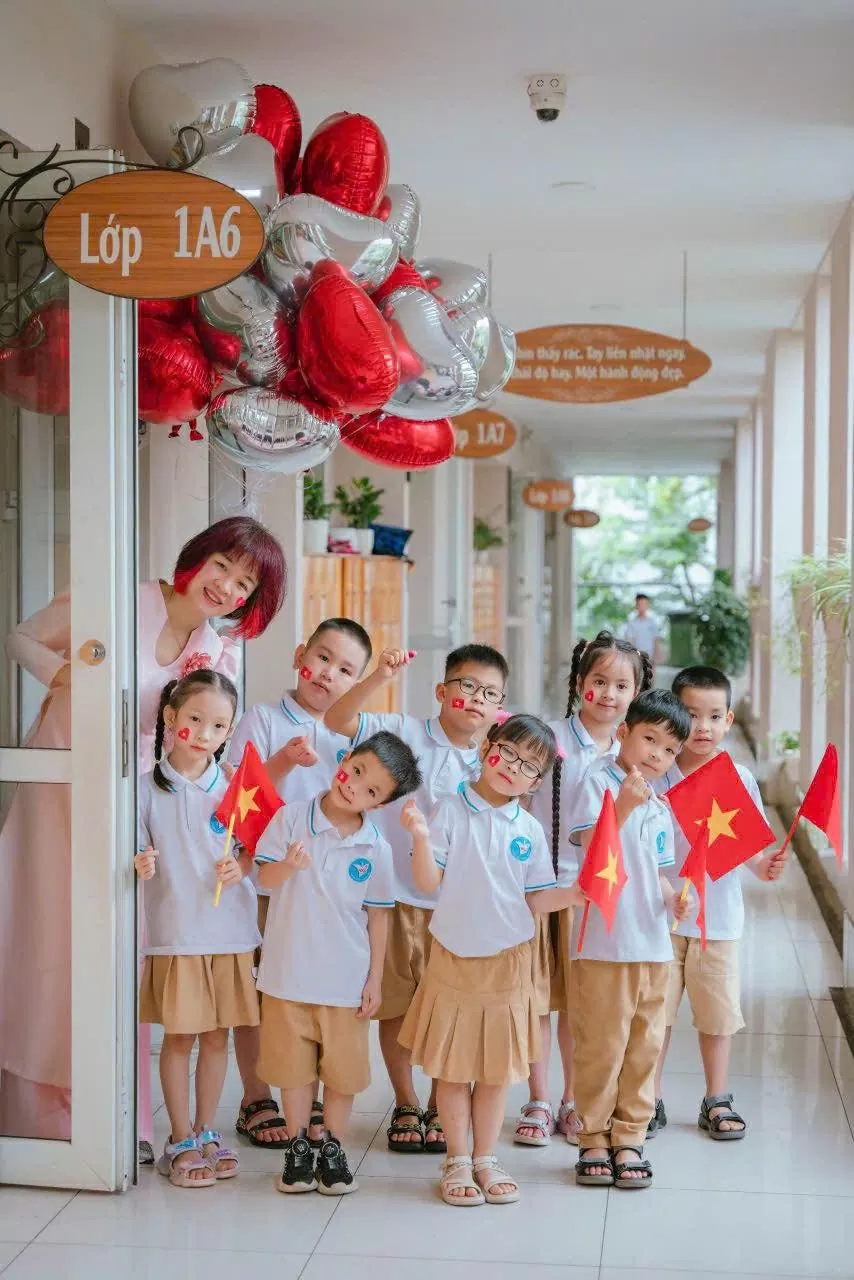 |
| Enhancing education on love for the homeland and country after the merger for students is an important task. (Photo: Vu Minh Hien) |
No beauty is forgotten
It is believed that when merging administrative units, we lose our homeland, place names and other things. Actually, that is not true, valuable things such as the beauty of culture, customs and standard lifestyles along with human memories will remain forever. It is anchored in the soul of each person and helps us go to the future with a solid, confident luggage. If it is attachment, images and value, carrying the beauty of life, of real people, it will last forever, will reappear in one form or another. That is the crystallization of the process of human development.
I find many dishes, names, and places... from the subsidy period in our country that exist in the current context very interesting. Tan Trieu pork rind, Cong Cafe, Tu Do restaurant... Anh Hai Que canal (Hai Phong); Lao Nong canal (Nam Dinh)... are all creations of the people and it affirms that "no beauty is forgotten" if it has real value.
The feeling of loss, anxiety and contemplation about the loss of familiar names, commune names and province names is also understandable for many people. Usually, that is a natural state of us, especially for a nation that values emotions and lives based on emotions like the Vietnamese, that mentality is even more evident. However, with understanding, time and consensus, we will soon realize that everything is for development, for a further goal, then the concession of that mentality will be replaced by the spirit of excitement and confidence of the people.
When overcoming the stages of regret and psychology, our people enter a new situation with more confidence and steadiness. As we know, people going to the future also need the materials and qualities of the past. Those things affirm a profound truth that a nation moving forward has a foundation and value, not loosely and uncertainly. Therefore, this is the time to cherish, encourage and cheer the people to enter the new era that our Party and State have shaped and established.
...Because "country is home"
General Secretary To Lam said that when merging provinces and cities and rearranging communes, it will have a certain impact on the thoughts and feelings of cadres, party members and people. "Each of us Vietnamese has deeply imprinted in our memories images of our hometown, the place where we were born and raised. However, in the face of the country's new development requirements, we must change our thinking and vision; unify our perceptions and thoughts; surpass ourselves, sacrifice personal interests for the common interests of the country; overcome worries, anxieties, normal psychology and habits; overcome regional psychology and moods to move towards a broader thinking and vision - the country is the homeland", the General Secretary emphasized.
Local education (LD) is a compulsory education content from grade 1 to grade 12, compiled by the Department of Education and Training, playing a key role in forming understanding and love for the homeland for the young generation. This program is a mirror reflecting the unique historical, cultural, economic and social characteristics of each land. However, in the context of merging provinces and cities, GDĐ is facing significant challenges. The old GDĐ content is at risk of becoming outdated, no longer suitable for the conditions and characteristics of the new locality. So how to reconcile identity?
The core issue is how to integrate the content of local education from two or more localities into a unified block, while still maintaining the unique identity of each region? The merger is not simply a change of administrative name but a blending of many different cultural and historical currents. Without a flexible solution, we may inadvertently obscure the unique values that have existed for hundreds of years in each locality.
To solve this problem, it is necessary to have synchronous and creative solutions. Instead of focusing on a single focus, we need to select typical elements, core values, and most characteristic cultural heritages of each merged region to include in teaching. This helps students not only understand the new locality but also be proud of the origin and characteristics of the land they previously lived in.
In addition, update new administrative information. This needs to be done quickly and accurately in subjects such as Geography, History, experiential activities and other educational activities. Students need to be provided with the latest information on administrative boundaries, to have a comprehensive and correct view of their extended homeland.
At the same time, teachers need to be flexible in integrating knowledge, using a variety of teaching methods such as project-based learning and field trips to create interest and help students approach knowledge naturally.
It can be said that changes in administrative geography do not destroy the historical and cultural values of each locality. On the contrary, this is a valuable opportunity to educate students about the idea of "country is homeland". They need to be imbued with the idea that although the name of the province may change, although the boundaries may shift, the homeland still exists, the identity is still present. The love for the land where one was born and raised does not disappear but is expanded.
In my opinion, to realize this idea, it is necessary to strengthen the education of local history and geography after the merger. Organizing extracurricular activities and practical experiences such as visiting new historical and cultural relics, interacting with people in merged areas, and participating in traditional festivals will help students understand more deeply and become more attached to their extended homeland.
More importantly, it is important to promote the role of teachers in integrating the spirit of solidarity and love for the homeland and country into each lesson. Teachers are not only the ones who impart knowledge but also inspire and orient the thinking of students. By emphasizing the similarities in culture, history, and people between regions, and appreciating the unique features, teachers will help students realize that solidarity is the strength for development.
Source: https://baoquocte.vn/giao-duc-hoc-sinh-biet-yeu-ca-vung-dat-moi-voi-tinh-than-dat-nuoc-la-que-huong-322550.html


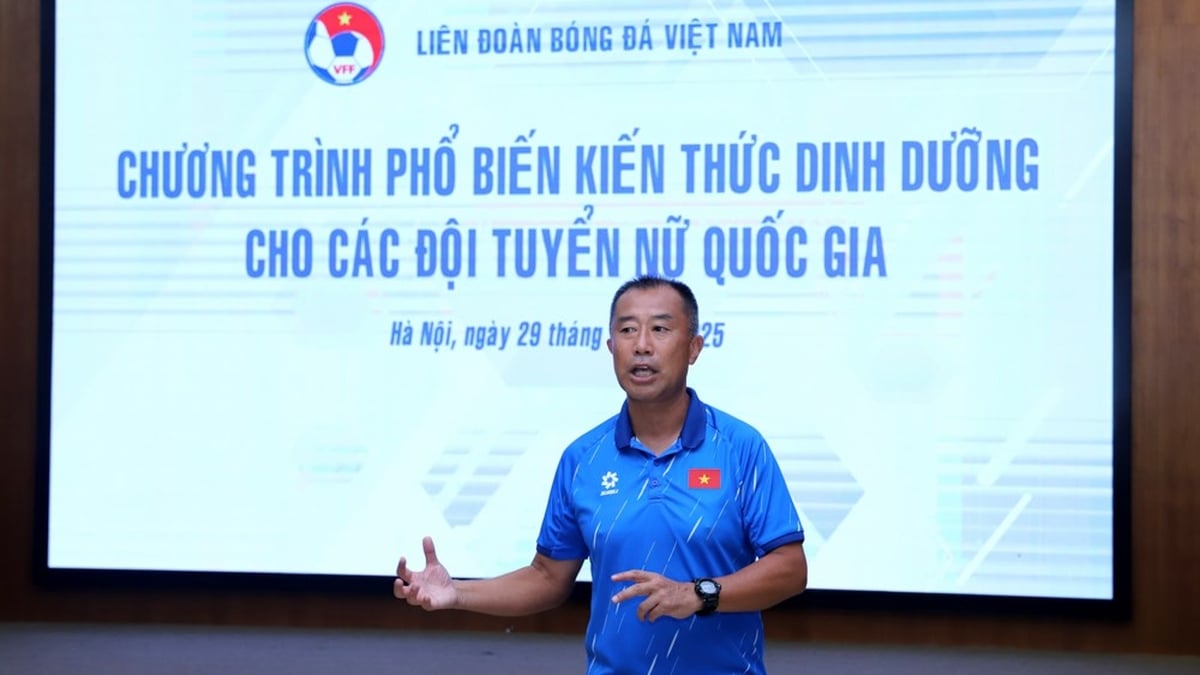
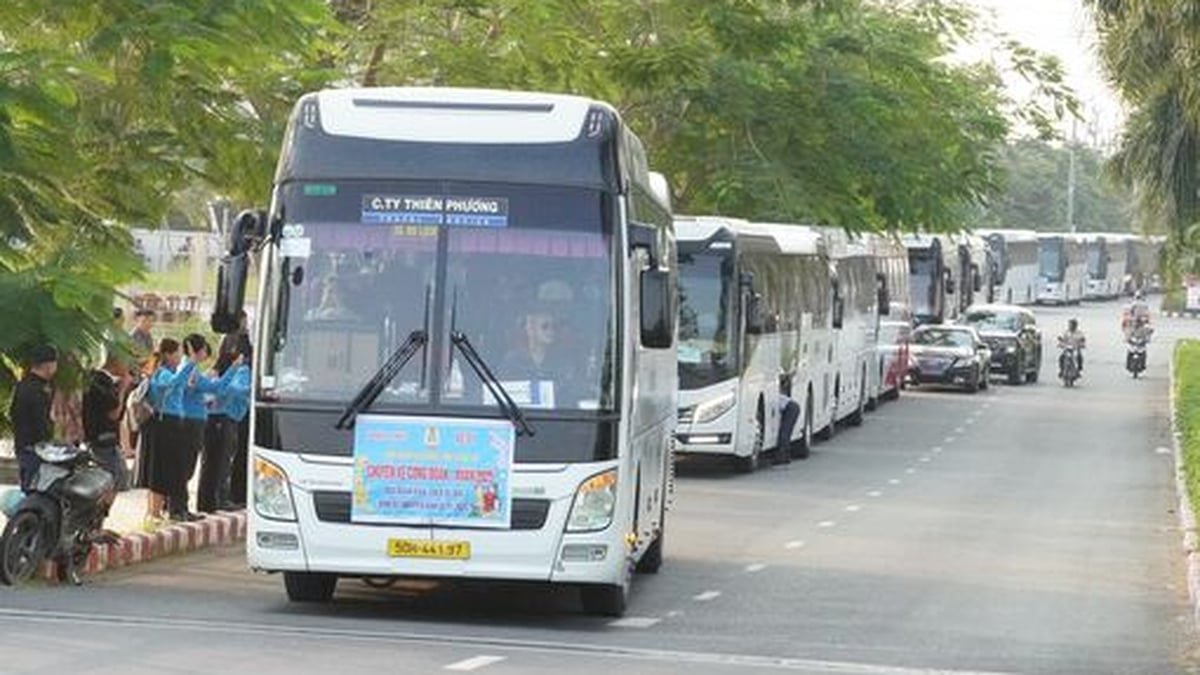
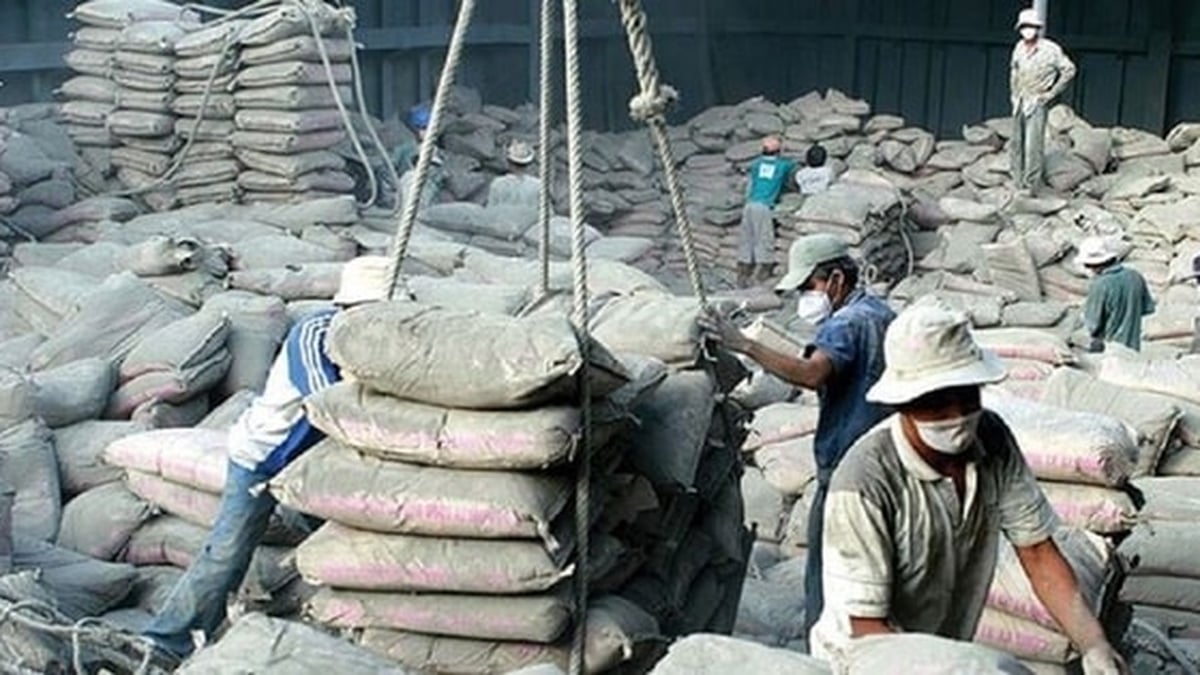


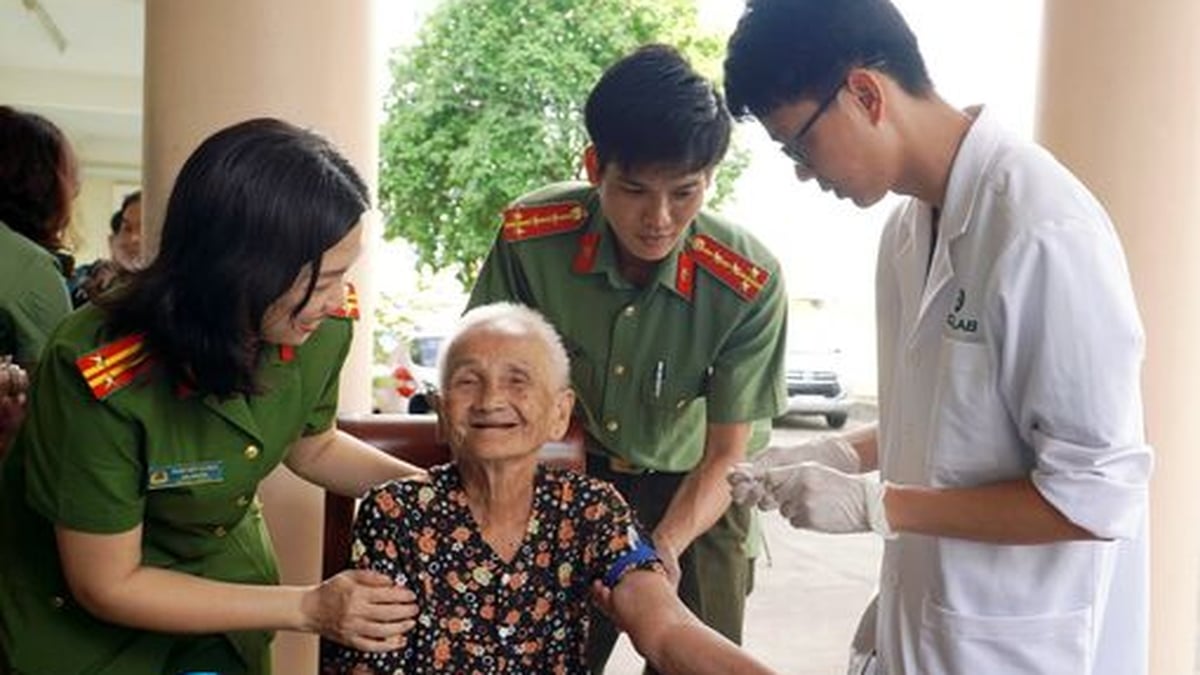


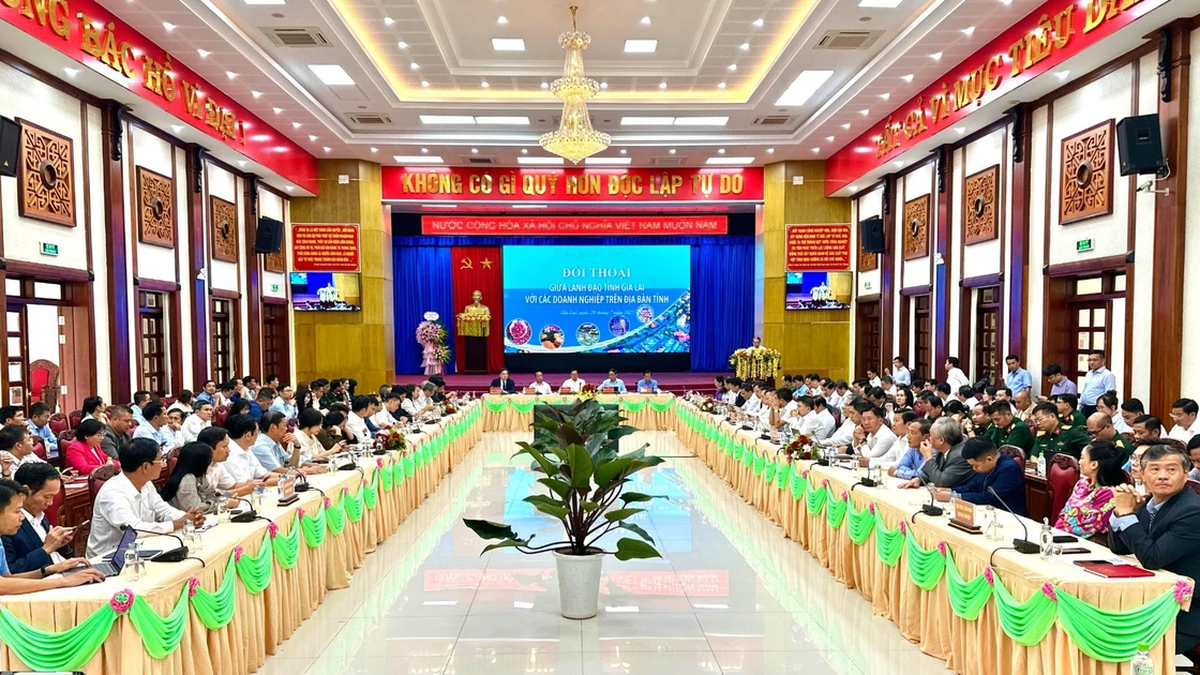
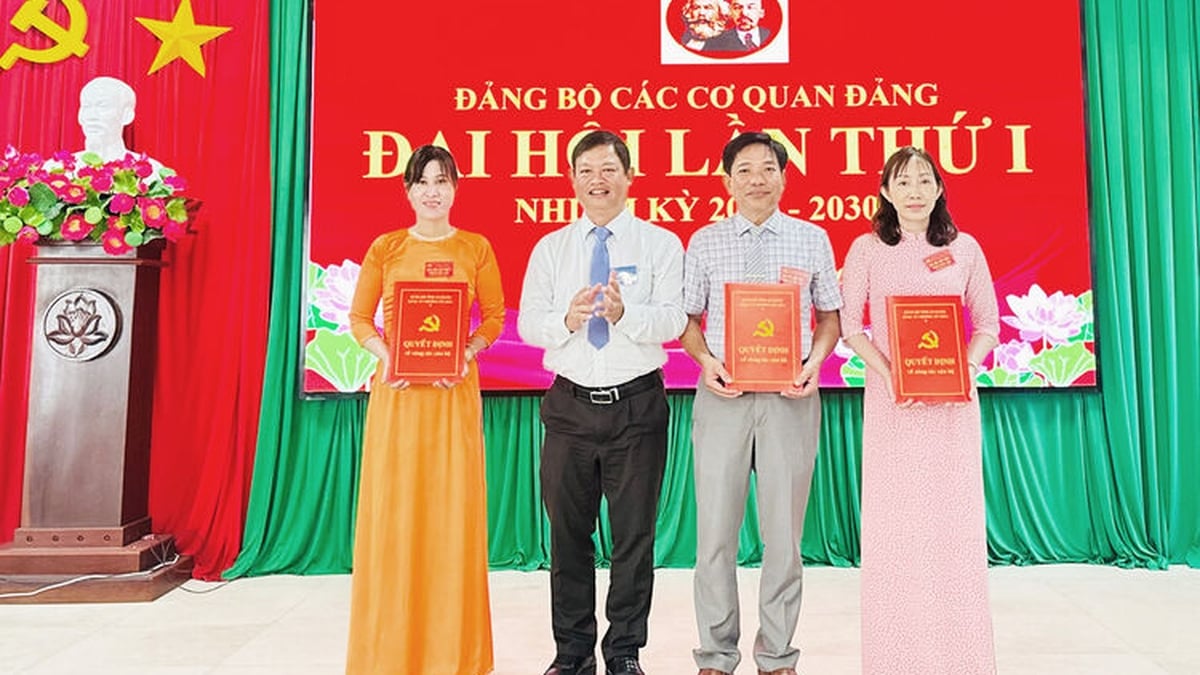















![[Photo] National Assembly Chairman attends the seminar "Building and operating an international financial center and recommendations for Vietnam"](https://vphoto.vietnam.vn/thumb/1200x675/vietnam/resource/IMAGE/2025/7/28/76393436936e457db31ec84433289f72)
























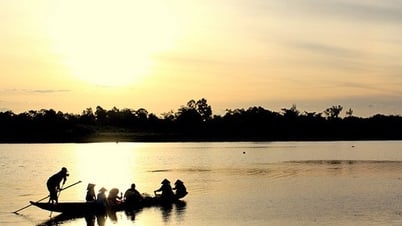















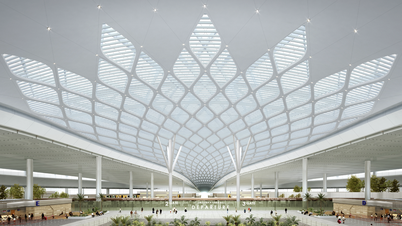

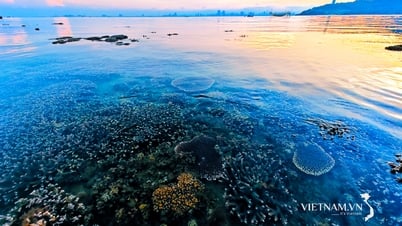
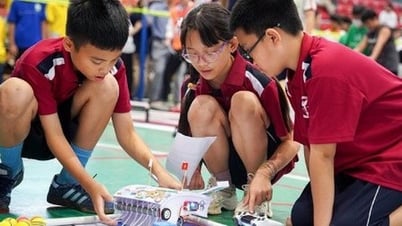

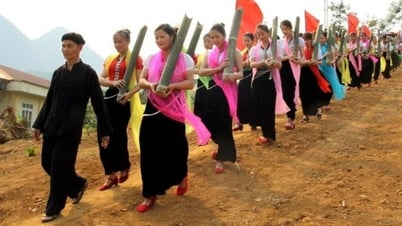


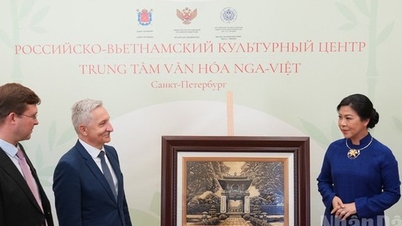

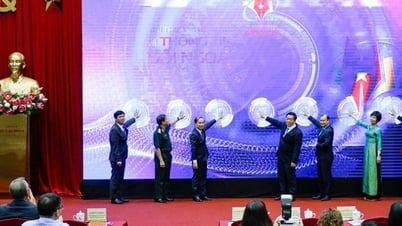























Comment (0)